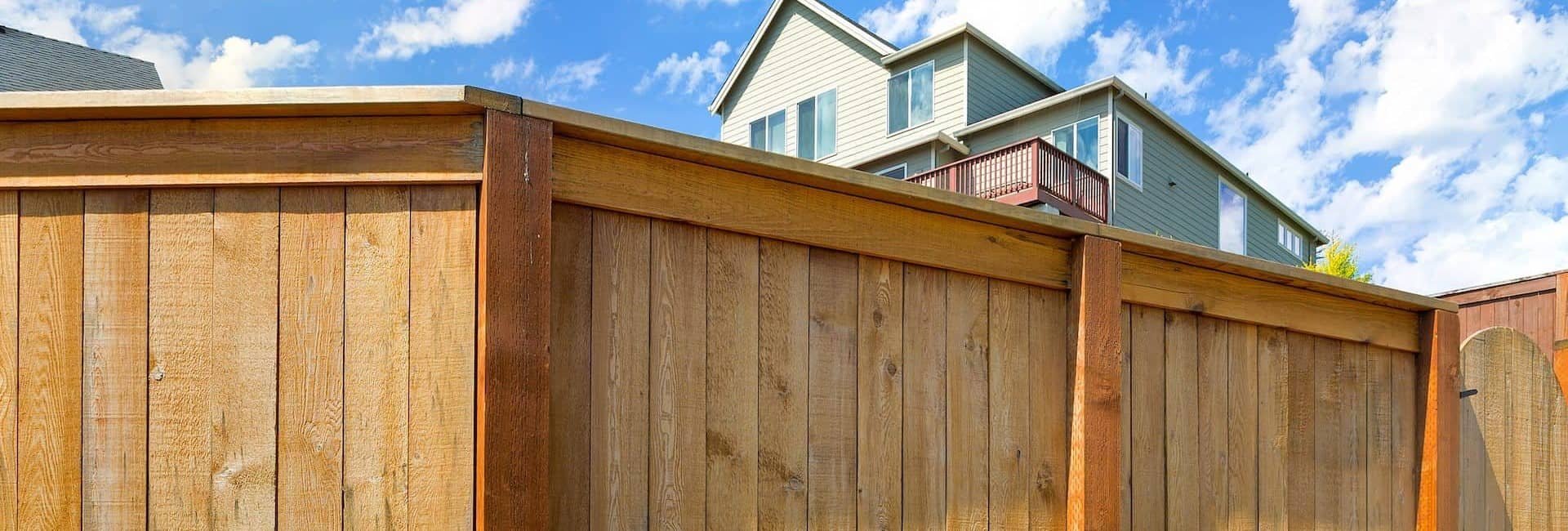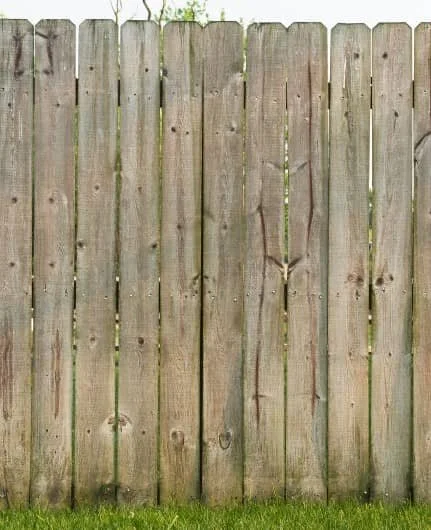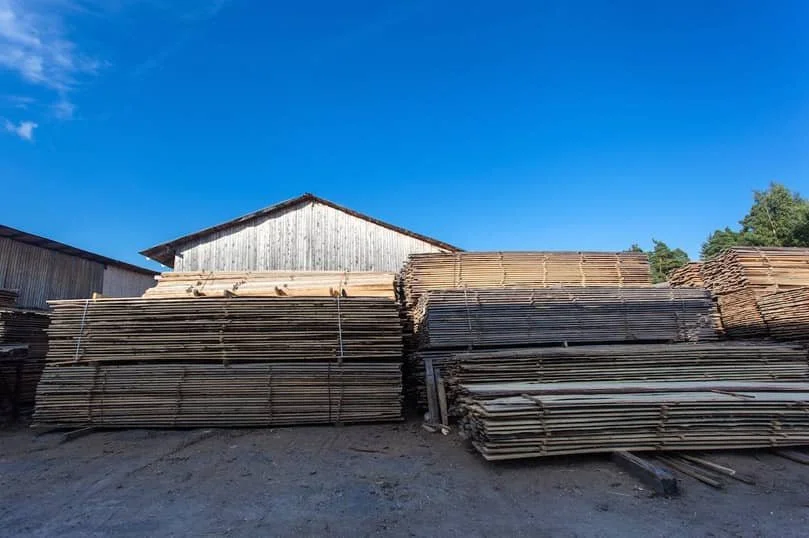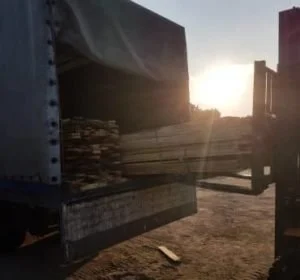
Privacy Fence Grades
Fence
At Rocky Mountain Forest Products, customers have the option of selecting from three fence grades, premium, standard, or rustic- and each grade is vastly different. The materials you choose will greatly depend on your project goals, your budget, and your preferences. Knowing the difference between these grades will only aid you in deciding which fencing material grade is best for you.
So, why do we have different “grades” or levels of quality?
To put it simply, not every material is right for every project. If you are building a privacy fence to keep your yard enclosed for your pets and children, but don’t really care how that fence looks, then a rustic grade would suit you well. But if you want something that will look great and impress your neighbors, or future buyers, then you’ll likely want premium grade fencing.
After 40+ years of business, we’ve noticed that one of the most common struggles for new customers is understanding the different grades, and what that actually means. That’s why we’ve put this guide together, to help our customers choose the materials that best suit their needs.
So let’s get started…
Rocky Mountain Forest Products
Picket Fence Grades
Ranch | Rustic Pickets
Great for the Penny Pinch
Typical uses are for farm and ranch
properties. Used for repairs, back alleys
and chicken coopsUsually contains check marks, knot holes, pecking (dry rot)
Typical waste is < 15%
No returns
Quality | Standard Pickets
Standard and better grade that your average box store or lumber yard carries
Great for the average fence and average home
Standard construction grade, a few visual flaws
Typical waste is < 10%
No returns
Premium Pickets
Highest quality material
Usually thicker material with very little aesthetic issues
Main applications are for business – high end fences or horizontal fences
Typical waste is < 5%
Returnable or exchangeable
Sorting Through the Wood Fence Grades
Each grade is sorted through by a professional grader at the mill, usually more than once to ensure that each piece of fencing material meets the standards of each grade.
The grade of a material is determined by multiple factors, such as: appearance, knot structure, peck, waning, checking, or lack of those factors (for premium). Rustic grade will have more imperfections, but often entices customers because of their reduced price.
So choose your materials according to the type of fence you want, because their grade makes a difference in their appearance.
When purchasing fencing materials, you will receive a bundle of whichever grade you purchase. A common request or question we get from customers is whether or not they can sift through the lumber, and select each piece individually in order to get the best they can find in the stack. Unfortunately, we do not allow this for several reasons. It’s important to note here that we do understand the wanting for individual selection, and we take great care in providing our customers great products. But this ensures each customer receives the same quality as the next.
Wood Fence | The Milling Process
Your deck, your privacy fence, that shiplap siding on your house… all of it exists because of the milling and grading process. It’s due to these processes that we know, not all trees are equal. Most mills own their own property within which they plant thousands of trees, specifically for the purpose of cutting them down for lumber. For example, say a mill owns one hundred acres of land. One acre at the edge of the property would be planted with as many trees as reasonably possible. The next year the mill would plant trees in the second acre. The third year the third acre, and so on it goes. The land is broken into sections, and the trees are planted at different times, usually spanning a length of at least 25 years so that the beginning trees have the necessary time to mature. This ensures that they will always have a harvest of large, healthy trees year after year.
So how do we disseminate the difference between materials that are “perfect” and “premium”, and which are “rustic” or best used for DIY decor projects?
To achieve a better understanding, we must go on a journey. One that takes us from the very
start- when the fencing material is just a recently chopped tree- to the end, when it leaves our
hands and enters yours.
Privacy Fence | How the Trees Become Fencing
The cuts are made
All of the logs will be stripped of their leaves and branches before they are processed. Now, the lumber that is produced will, of course, depend on the log itself and its dimensions. Typically, bigger logs will be processed into lumber with larger dimensions, and smaller logs will make smaller lumber. Mills do everything possible to minimize the risk, and reduce the loss of material. The logs, once processed, are called “blanks”. It is at this point that they will likely be sent to a remanufacturer for further cuts and shaping.
Re-manufacture
Now that our blanks have been created, the remanufacturer will cut, shape, and mold the lumber into whatever pattern or material is ordered. This process isn’t used with all processed lumber, but most will end up at a remanufacturing facility. It’s at this point that the material will reach its final state as a fence picket, decking board, or lap siding.
Hand sorted (“Grading”)
Machines haven’t taken over everything. Lumber is still hand sorted into their “grades”. Sorters go through all of the cuts made and will sort them, rating them according to their appearance and quality. At that point, the fencing material is judged by a third party grader to place each board into its appropriate grade. This process is even repeated sometimes, to ensure the grading is accurate.
The best looking boards and ones with little to no imperfections, are sorted into the Premium Grade.
Quality or Standard Grade is most abundantly available because they are great materials, but not completely perfect in every way. These are the boards that you will find at just about every lumber retailer and big box home renovation store.
Everything that is considered slightly mismilled in some way, whether it is off color, has loose knots, checking, wane, or peck is classified as Rustic, Farm, or Utility Grade. These are the boards with a few more imperfections, and are best used for fencing projects that aren’t as reliant on aesthetics. Not all retailers provide rustic grade, but we do. These rustic materials can provide a tremendous value for certain projects.
All of these grades float on a scale, of sorts. So imagine a horizontal line, with premium on one end and rustic on the other. The line is divided into three parts. The largest part, in the center of the line, is the quality/standard grade. This means that a board or picket could just barely miss the qualifications of a premium board, or is just slightly above a rustic. But each grade has their minimums, and the determination of those grades is taken very seriously. Now, just because you choose a specific grade won’t mean there won’t be nicer pieces among them. The grades are meant as a strict minimum, but you may get an occasional premium in the mix.
To the Shop
The lumber is then bundled and shipped to the retailers and wholesalers, where you get to select the grade that works best for your project and take it home or have it delivered.
In Your Hands…
Trying to return materials, or being stuck with a less than desirable grade, is a hassle. By understanding the different grades, and what they are meant for, you have a better handle on which material to choose for the project you’re doing.

 CALL FOR A QUOTE
CALL FOR A QUOTE












